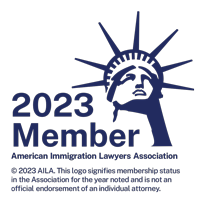The EB-5 investment visa was created by Congress in 1990 to help bolster the nation’s economy through job creation and capital investment by foreign investors.
Investors who apply for and receive approval for an EB-5 investment are rewarded with a green card, allowing both the investor and their families to live, study, work, and retire in the U.S.
On Jan. 12, 2017, the U.S. Department of Homeland Security released information in a Notice of Proposed Rulemaking indicating that the minimum foreign investment required for EB-5 status will significantly increase.
Here are three things to know about EB-5 and this proposal:
The minimum EB-5 investment may increase to $1.8 million.
Prior to the change, the minimum qualifying investment was $1 million. Investors will still be required to prove that they lawfully own all capital (cash, equipment, inventory, and other assets) and that they are the legal owners of the invested capital, but if the proposal is approved, their capital must add up to at least $1.8 million.
The minimum investment for Targeted Employment Areas (TEA) may increase to $1.3 million.
TEA refers to rural areas that have unemployment at or above 150 percent of the nation’s average rate. Prior to the new proposal, the minimum investment in these areas was $500,000. The lower investment requirement is designed to encourage investments and the creation of job opportunities in areas with high unemployment.
The increases haven’t taken effect yet, and the DHS is still allowing comments.
These changes represent a 170 percent increase, but they haven’t taken effect yet. The DHS is giving stakeholders through April 11, 2017, to comment on the proposals.

